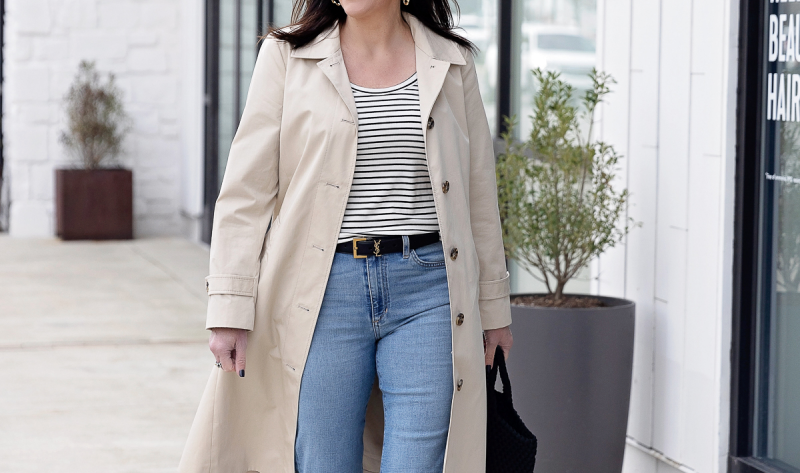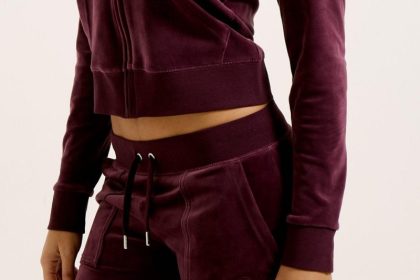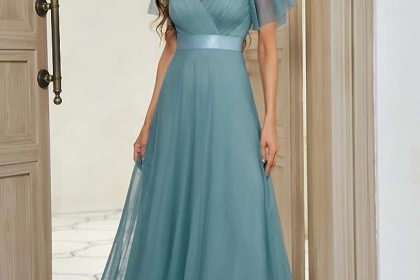Finding the right belt size for jeans is crucial for both comfort and style. A well-fitted belt not only enhances your overall appearance but also ensures that your jeans sit properly on your waist. Many people overlook the importance of a belt’s size, leading to discomfort and a less polished look. The ideal belt should provide a snug fit that complements your jeans without causing any constriction. Choosing the correct size requires understanding how belts are measured, knowing the styles available, and factoring in personal preferences like how you intend to wear your jeans. In this extensive guide, we will explore each aspect of selecting the perfect belt size for jeans, from measuring techniques to understanding styles and materials. By the end of this article, you will have all the necessary knowledge to select the right belt size for your jeans, enhancing both your comfort and your sense of style.
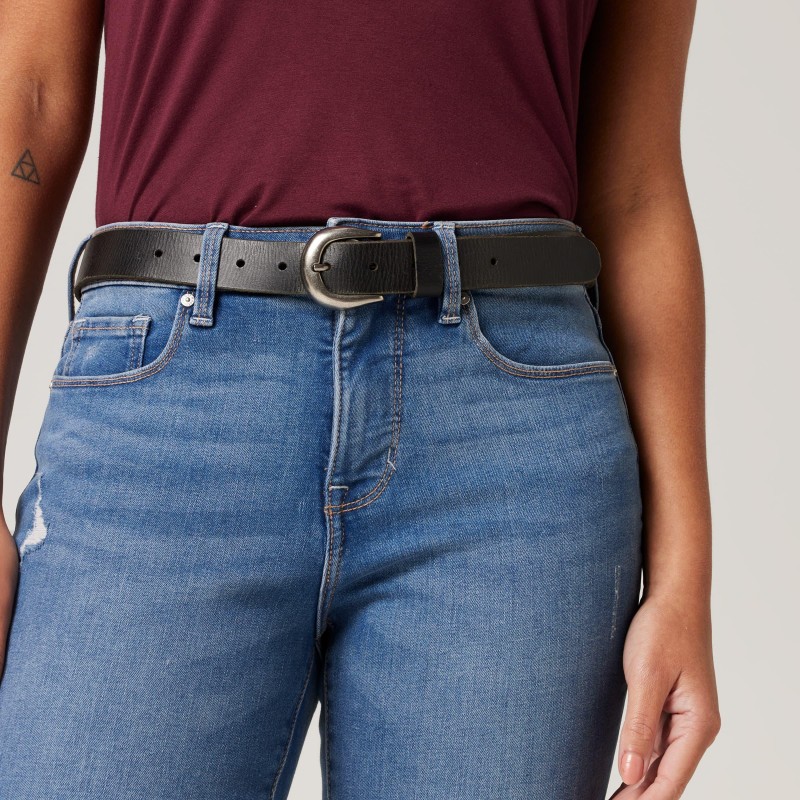
Understanding Belt Sizes
Before diving into the specifics of how to choose the right belt size for jeans, it is essential to understand how belt sizes are designated and measured. This knowledge is foundational for making a wise decision.
Different Measurement Systems
- Inches vs. Centimeters: Most belt sizes are expressed in inches, but some retailers may also use centimeters. Understanding the size chart of the brand you are buying from is crucial.
- Overall Length vs. Waist Size: The size of a belt usually corresponds to the measurement of the waist that the belt will fit. For example, a belt labeled as size 34 will typically fit someone with a waist circumference of about 34 inches.
How Belt Sizes are Determined
- From Buckle to the Center Hole: Belt sizes are measured from the end of the buckle to the center hole of the belt. This measurement provides a good starting point for determining the size you’ll need.
- Belt Width: The width of the belt also plays an important role in fit and style. Common widths range from 1 to 1.5 inches. Wider belts offer a more casual look, while narrower belts tend to be more formal.
Measuring Your Size
To choose the right belt size for jeans, you first need to take proper measurements. Accurate measurements are crucial to ensure a comfortable fit.
Tools You Will Need
- Measuring Tape: A flexible measuring tape is ideal for taking body measurements. If you don’t have one, a piece of string can serve as a temporary measuring tool.
- A Notepad and Pen: Keep track of your measurements for future reference, especially if you’re purchasing multiple belts or shopping online.
Step-by-Step Measurement Process
- Measure Your Waist: Start by measuring around the natural waist where you typically wear your jeans. This is usually located just above the hips. Make sure the measuring tape is level and snug but not tight.
- Add Extra Length: To determine the ideal belt size, add approximately 1-2 inches to your waist measurement. This extra length takes into account the thickness of your jeans and the belt’s positioning.
Alternative Measurement Techniques
- Use an Existing Belt: If you have a well-fitting belt, measure it from the buckle to the hole you use most frequently. This method offers a practical way to determine your correct size and complements your existing jeans.
- Size Chart Reference: Most brands provide size charts on their websites. Always refer to these when available, as different brands may have slight variations in sizing.
Choosing the Right Style of Belt
Once your measurements are complete, the next step in learning how to choose the right belt size for jeans involves understanding the options available in styles. Your choice of belt style can influence both comfort and appearance.
Casual vs. Formal Belts
- Casual Belts: These are typically wider and made from materials like canvas or distressed leather. They are great for pairing with jeans for everyday wear. Choose a casual belt for a relaxed, laid-back style.
- Formal Belts: A formal belt is usually narrower and made from high-quality leather. It’s ideal for business occasions or when dressing up. Ensure that formal belts coordinate well with the corresponding shoes.
Buckle Types
- Classic Buckles: The most common type, these feature a prong and are versatile enough for both casual and formal occasions.
- Ratchet Belts: These come with an adjustable mechanism allowing for a precise fit. Their innovative design is convenient and popular with many modern styles.
Color and Material Considerations
- Material Choices: Belts can be made from leather, synthetic materials, suede, or fabric. Leather belts are durable and timeless, while fabric belts may provide more flexibility and comfort.
- Color Coordination: Your belt should complement your outfit. Classic colors like black or brown are versatile, but don’t hesitate to explore brighter colors or patterns for adding a fun element to your attire.

Aesthetic Considerations
In addition to ensuring a proper fit, it’s crucial to consider the belt’s aesthetic attributes. The following sections will help you hone in on decorating styles and combinations.
Matching with Jeans
- Denim Shades: Darker jeans generally pair well with darker belts, while lighter denim can complement brighter or lighter-colored belts.
- Occasion-Based Styling: For casual outings, feel free to experiment with styles and colors, while keeping a more subdued and classic look for formal events.
Accessories Compatibility
- Coordinating Accessories: Ensure that your belt aligns with other accessories such as shoes, bags, or even jackets. Completing your outfit cohesively can elevate your overall look.
- Belt Widths: Consider the belt’s width, as certain outfits may benefit from narrower or wider designs, depending on the proportions of your body and the overall style.
Common Mistakes to Avoid
Many shoppers tend to overlook key aspects when selecting a belt size for jeans. Recognizing these pitfalls can help ensure you make a wise investment.
Ignoring the Fit
- Trying Before Buying: If possible, try on different belt sizes while wearing the jeans you plan to pair with the belt. This way, you can assess fit and comfort effectively.
- Underestimating Size Differences: Remember that size can vary across brands, and one size may not fit consistently from one manufacturer to another. Rely on measurements instead.
Overlooking Maintenance
- Neglecting Care Instructions: For longevity, it’s important to care for your leather belts properly. Regularly cleaning and conditioning them can extend their life and maintain their appearance.
- Ignoring Repairs: If your belt shows signs of wear or damage, consider repairing it or seeking professional help to ensure it lasts longer.
Care and Maintenance of Your Jeans and Belts
Taking proper care of your belts and jeans can significantly increase their lifespan. The following tips cover the essentials of maintenance for both garments.
Cleaning Your Belt
- Leather Care: If your belt is leather, avoid exposing it to water. Use a damp cloth to wipe off dirt and dust. A leather conditioner can help keep it supple.
- Fabric Belts: Fabric belts can usually be machine washed, but always check care instructions. Hang to dry to avoid shrinkage.
Washing Your Jeans
- Frequency: Jeans don’t need to be washed after every wear unless they’re particularly dirty. Washing them too often can fade the color and wear down the fabric.
- Cold Water Wash: Use cold water and turn jeans inside out to help preserve color and prevent wear on the outer fabric. Choose a gentle detergent.
Storage Tips
- Hanging Belts: Store belts on hangers or in a designated belt organizer. Avoid folding them to prevent creasing.
- Storing Jeans: Fold jeans neatly or hang them to avoid wrinkles. Ensure they are stored in a cool, dry place to prevent any damage from humidity.
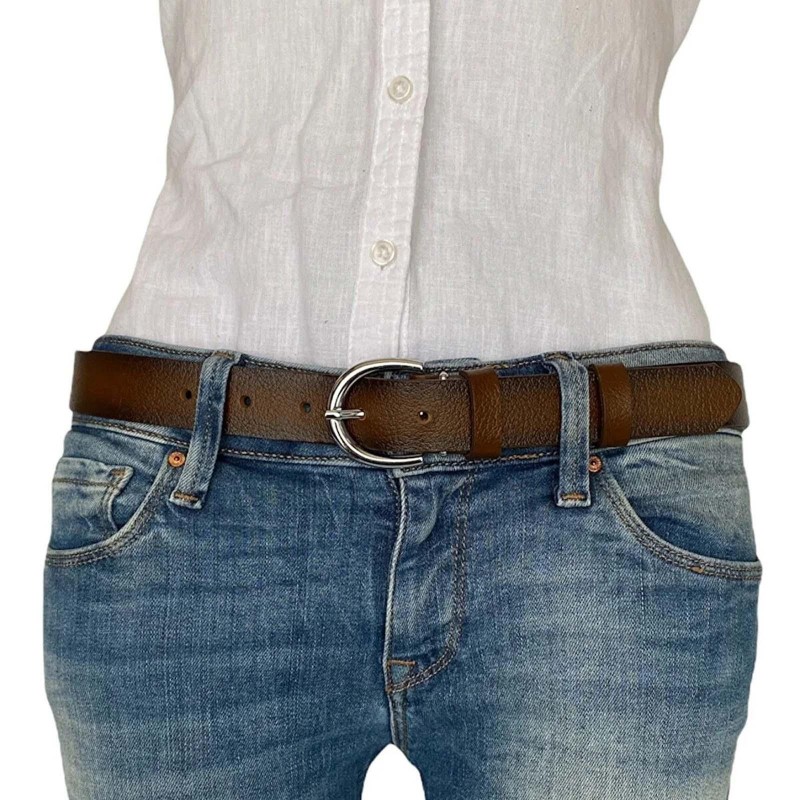
Conclusion
Understanding how to choose the right belt size for jeans is invaluable for ensuring both comfort and style. Proper measurements, the right belt style, and effective maintenance play key roles in achieving this. As belts serve both functional and aesthetic purposes, investing time to find your ideal match is well worth it. You can enhance your overall appearance and confidence by following the guidelines laid out in this comprehensive guide. Remember to consider factors such as design, material, and care routines to maximize the longevity of your belts and jeans. With the right knowledge, you’ll be well-prepared to find the perfect belt to complement your wardrobe, ensuring that you look poised and fashionable for any occasion.
